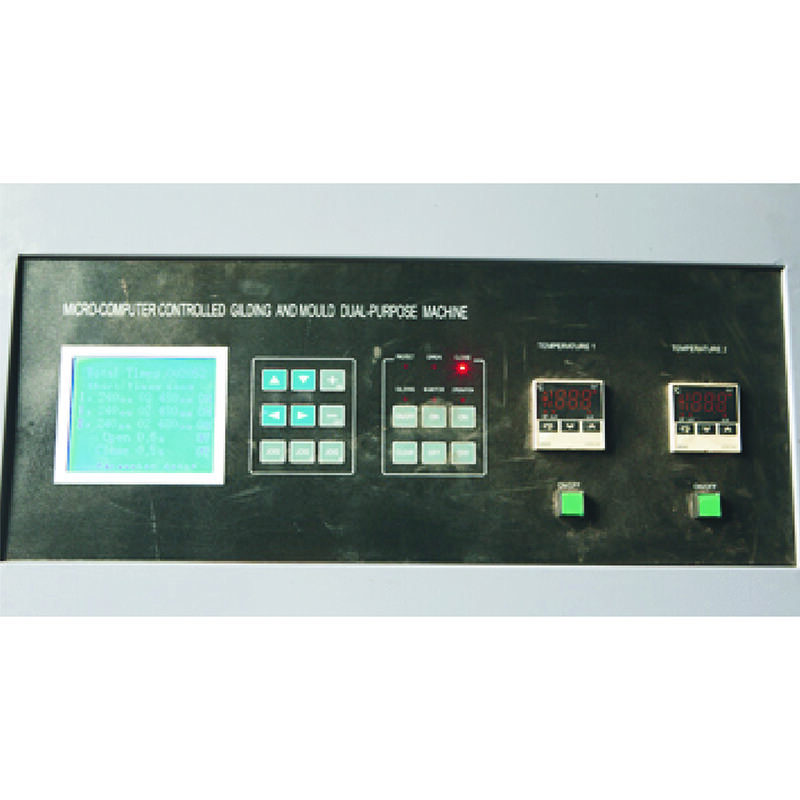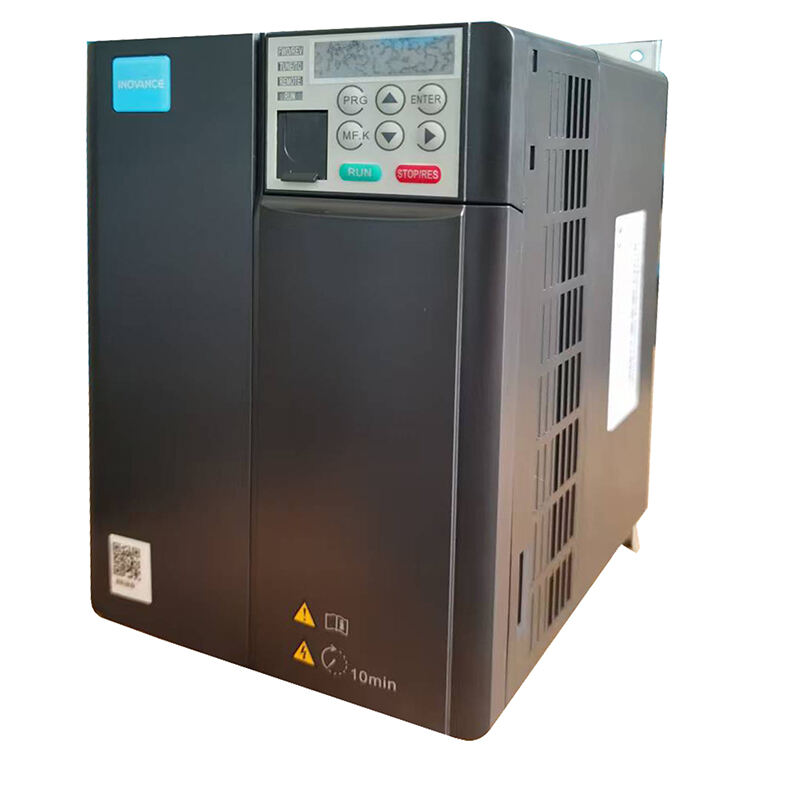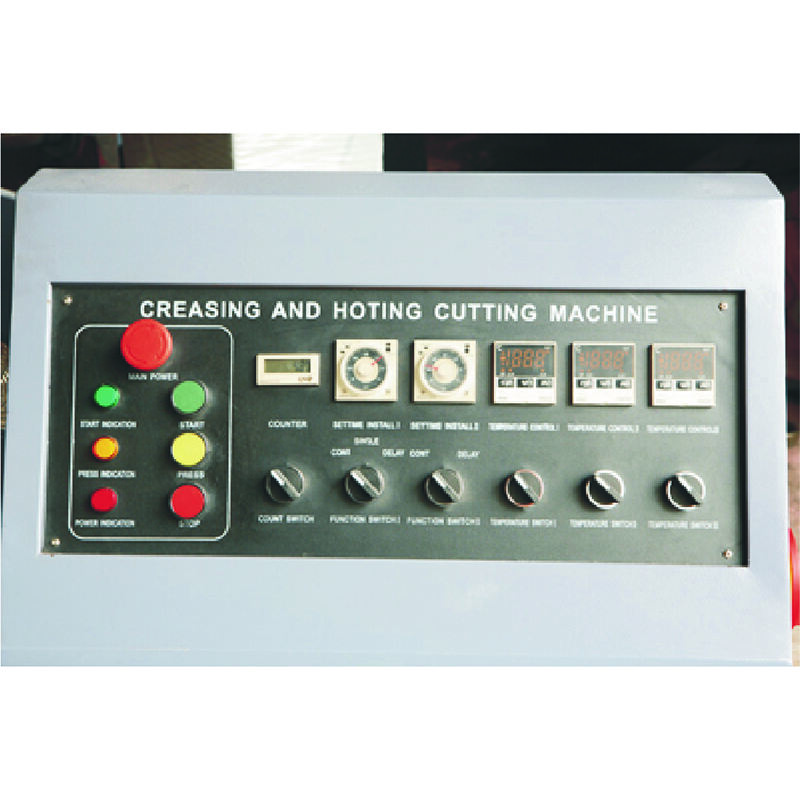Advanced Control Systems and Precision
Modern cutting and creasing machines incorporate sophisticated control systems that revolutionize the production process. These systems feature digital interfaces that allow operators to input precise specifications and maintain consistent quality throughout production runs. The advanced control mechanisms enable micro-adjustments to cutting depth and creasing pressure, ensuring optimal results across different material types and thicknesses. The integration of automated positioning systems eliminates human error in alignment and registration, resulting in perfectly aligned cuts and creases every time. This level of precision is particularly valuable when producing complex designs or working with high-value materials where accuracy is crucial.


